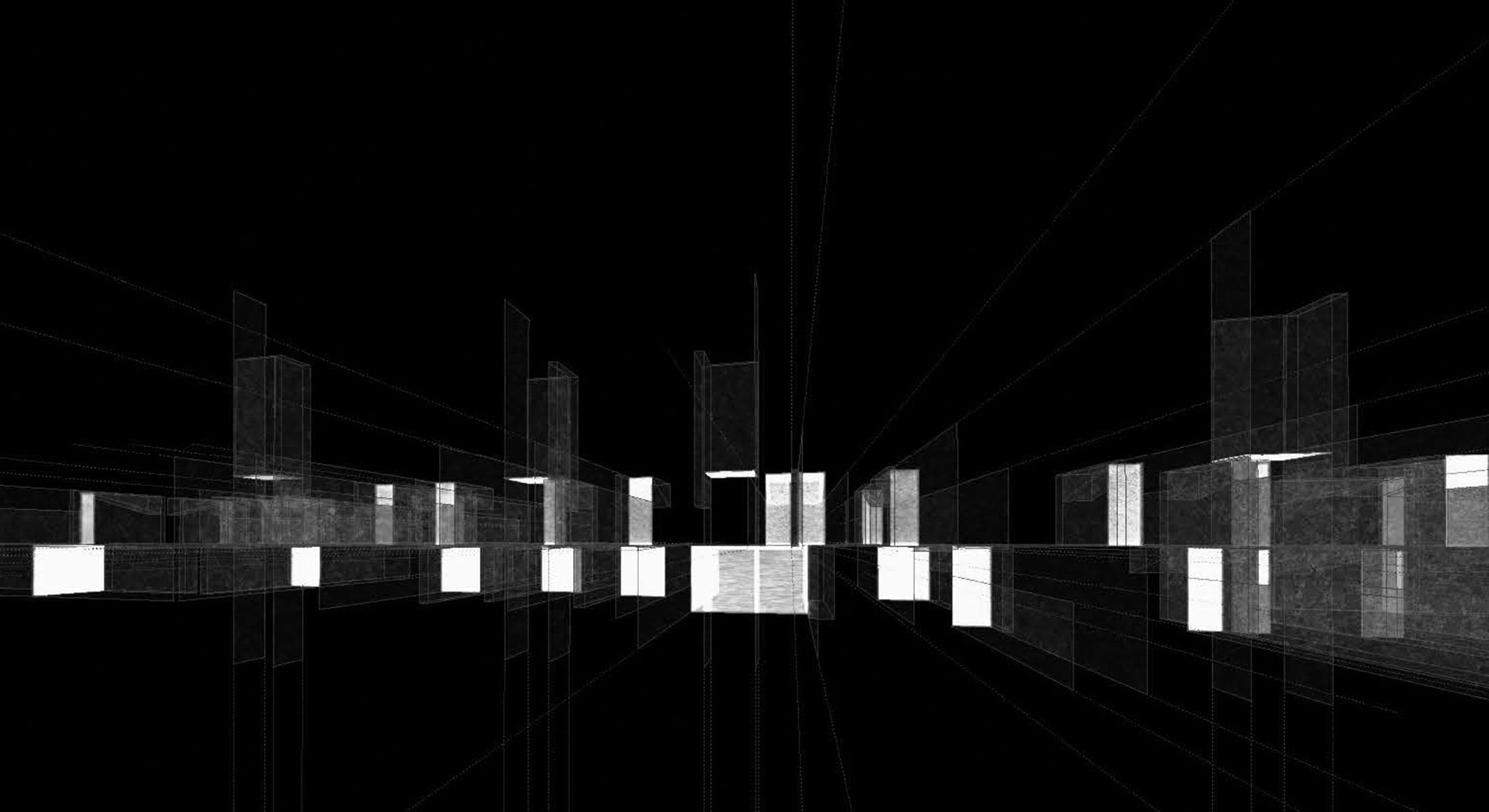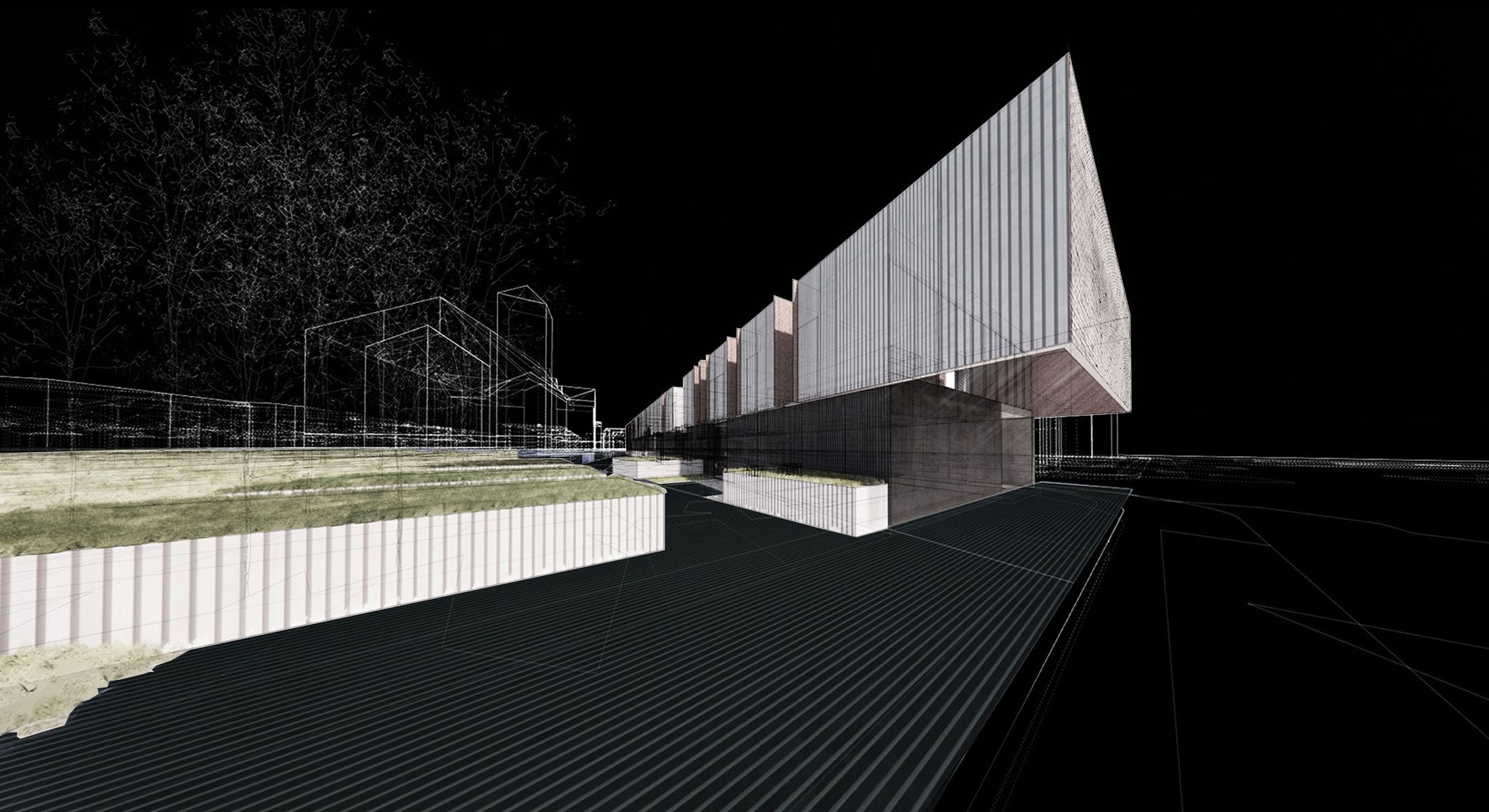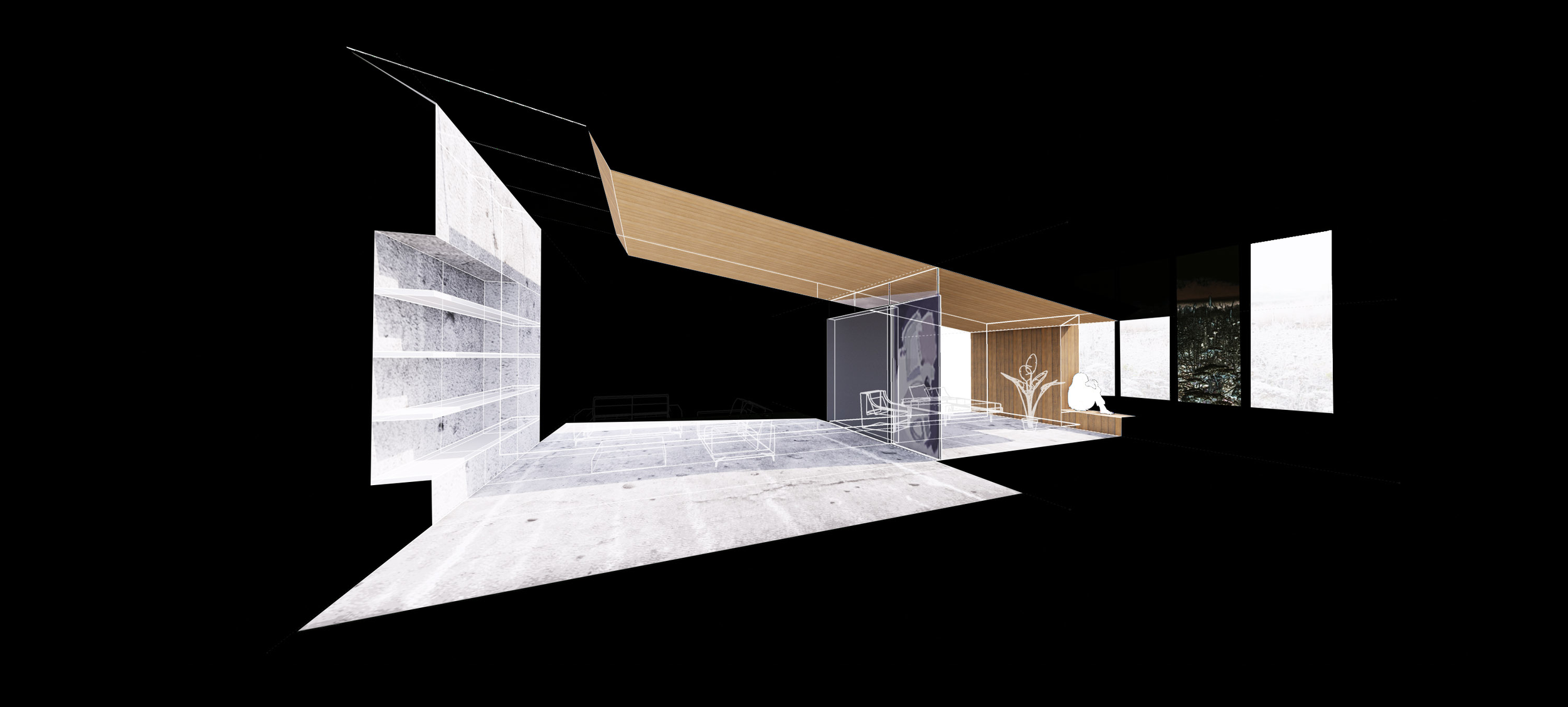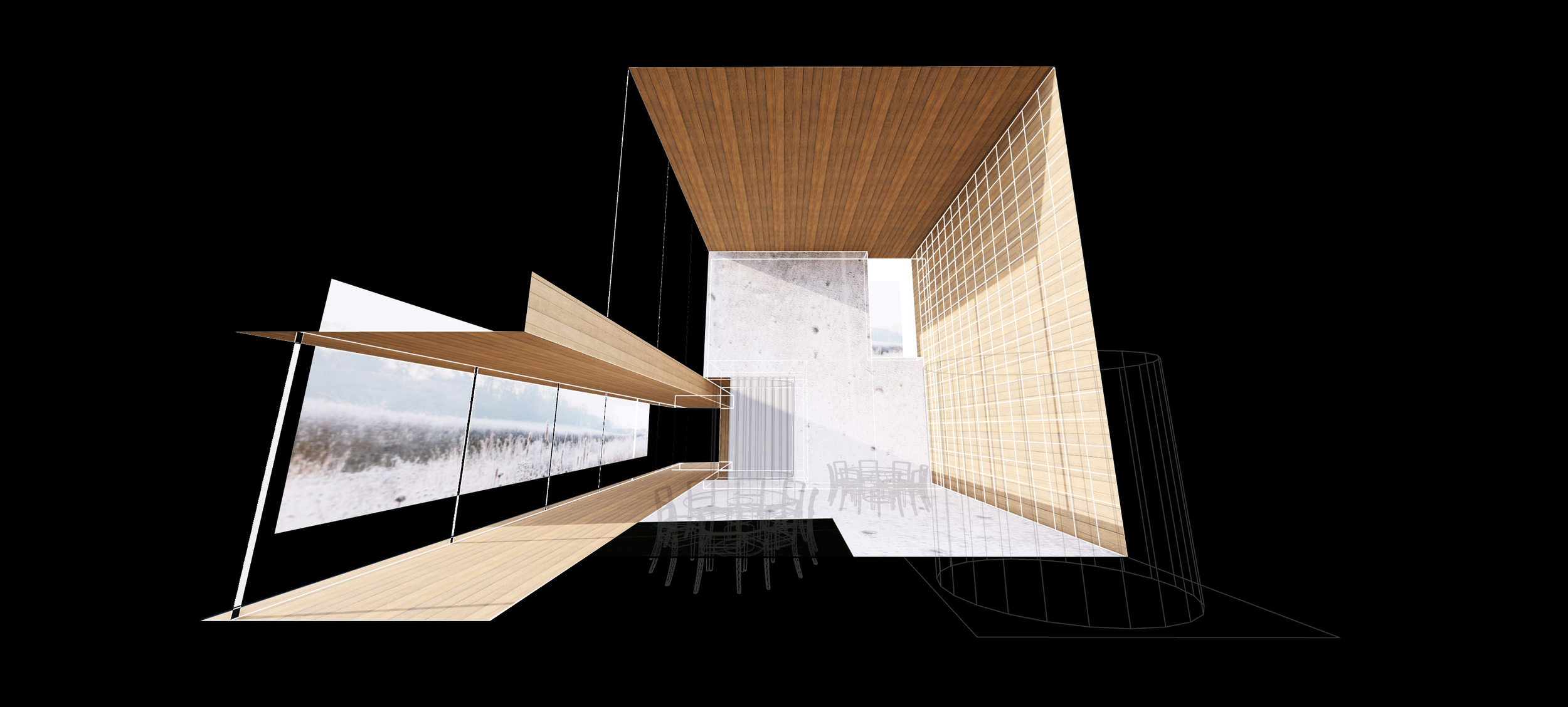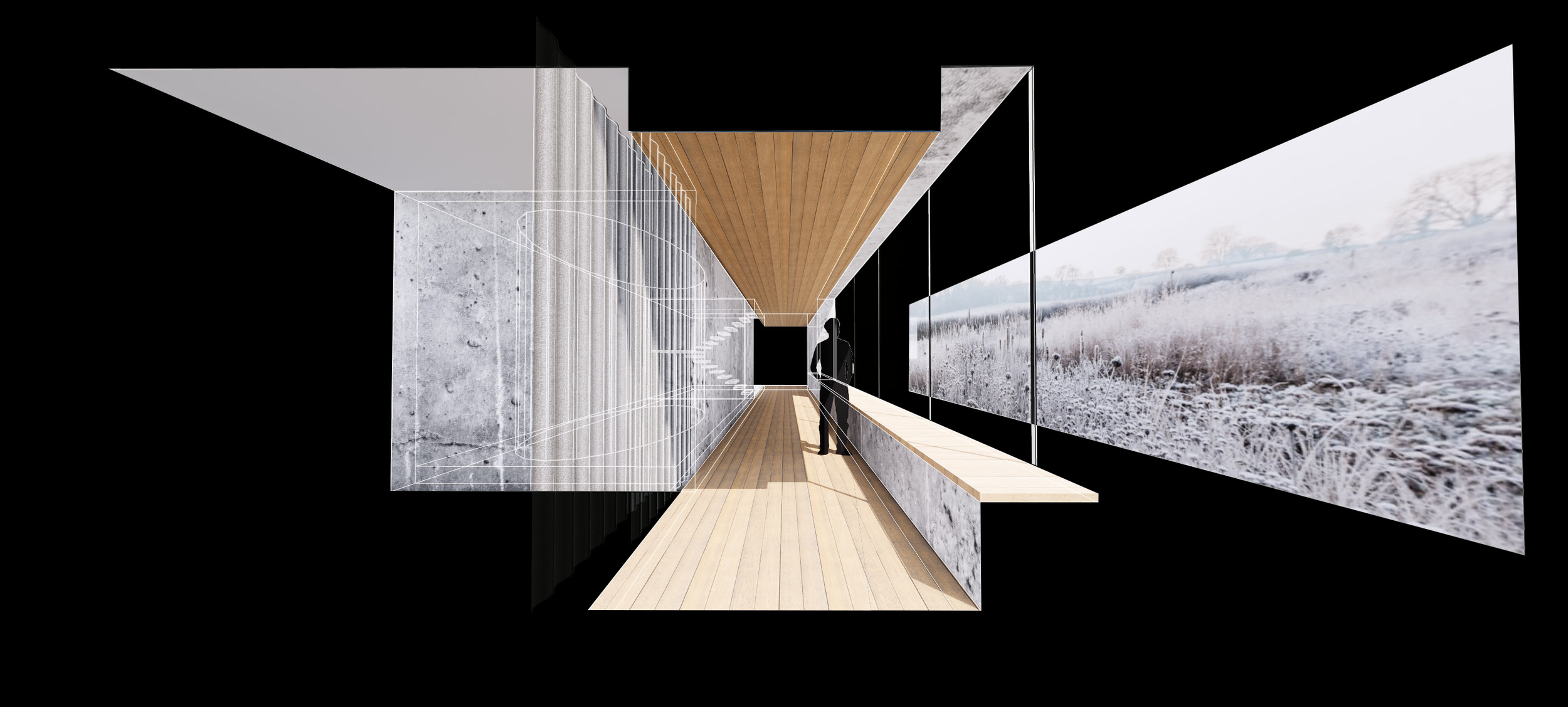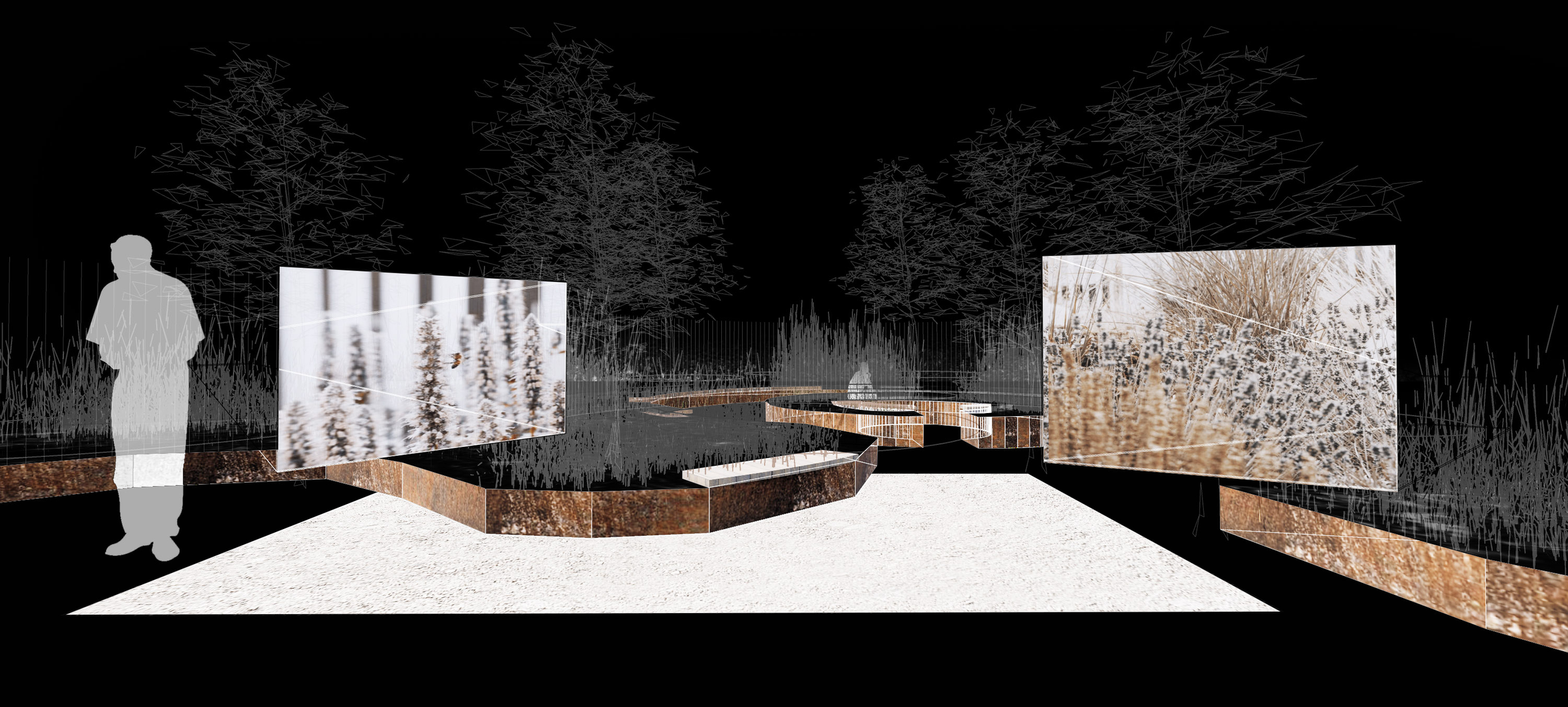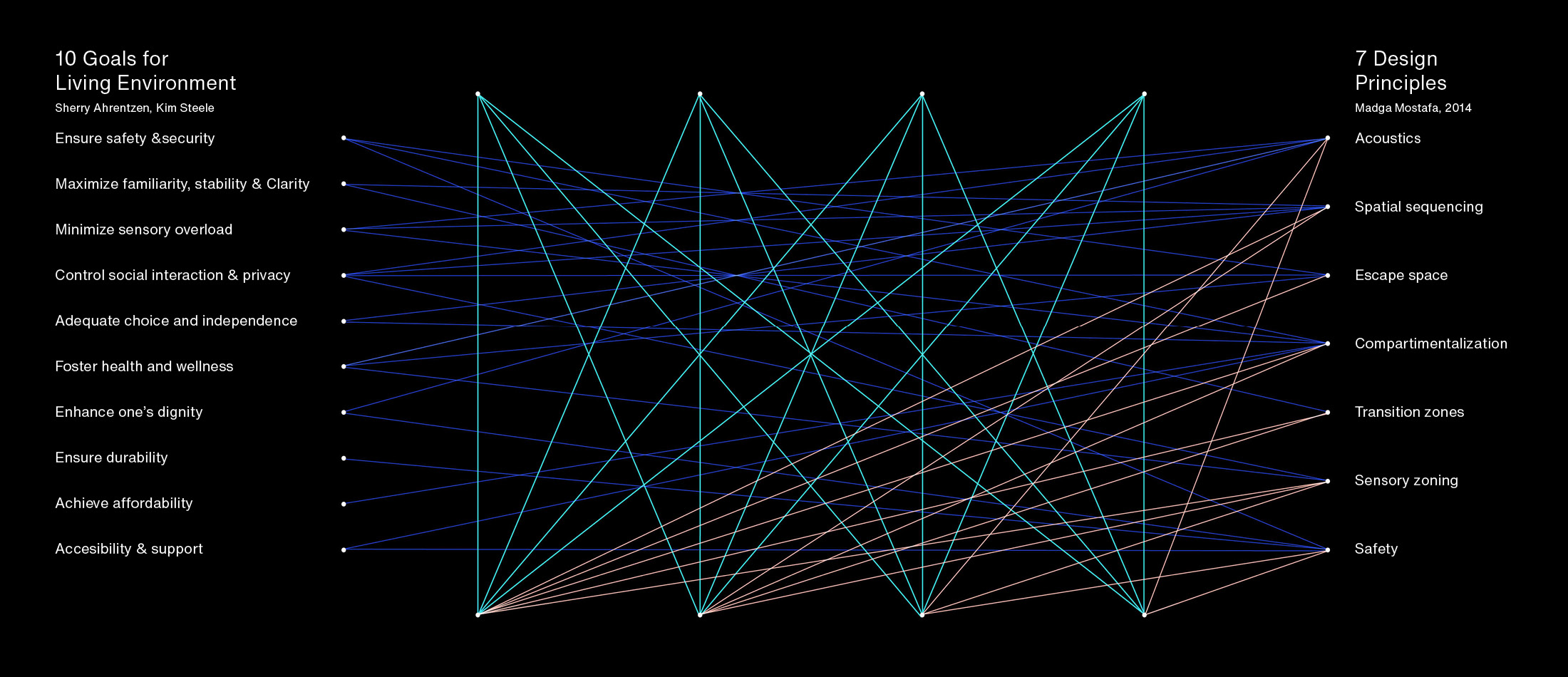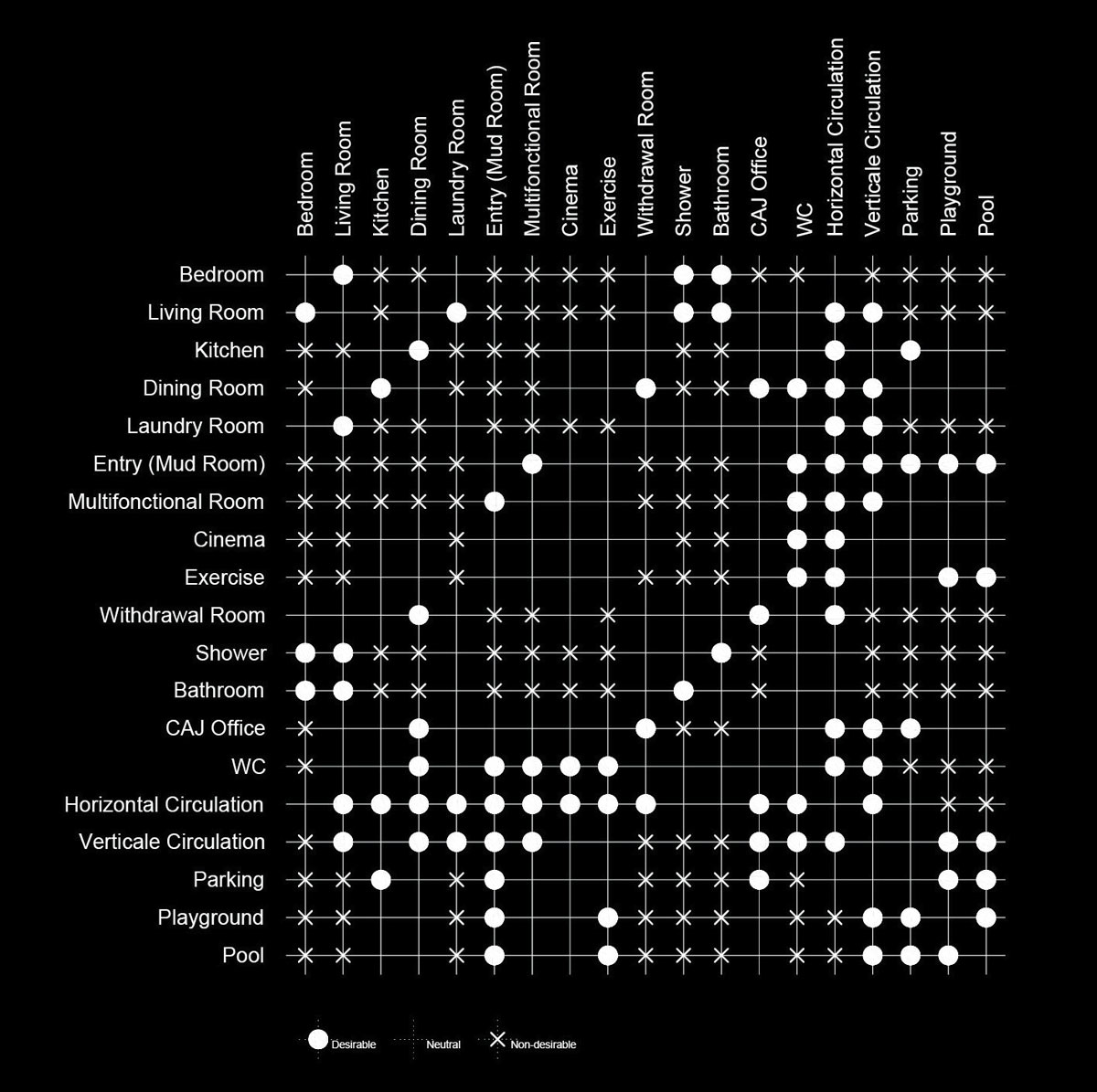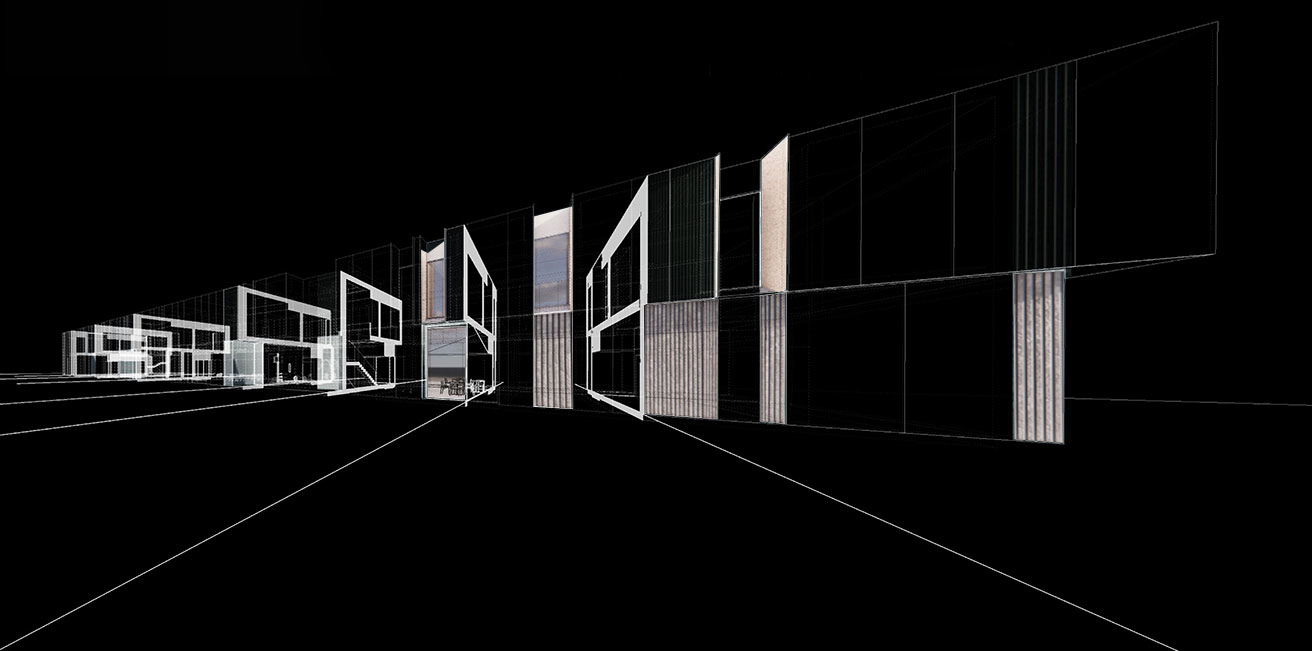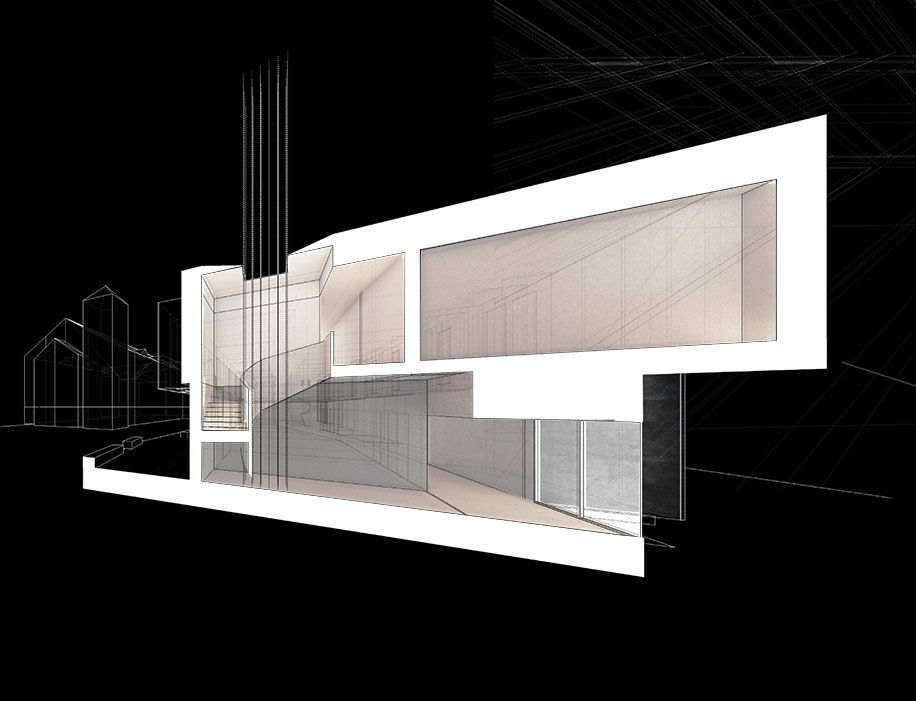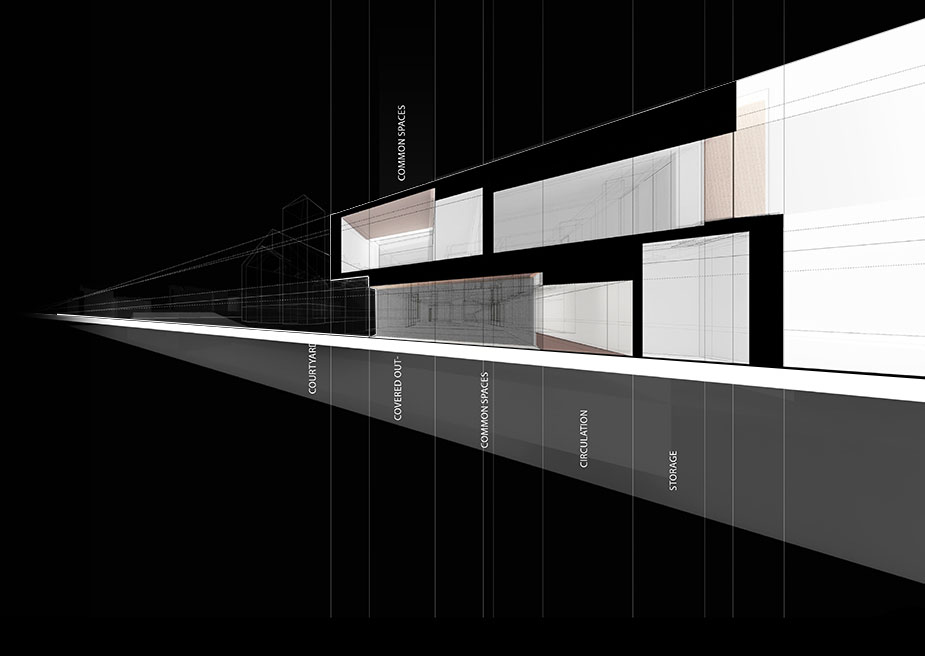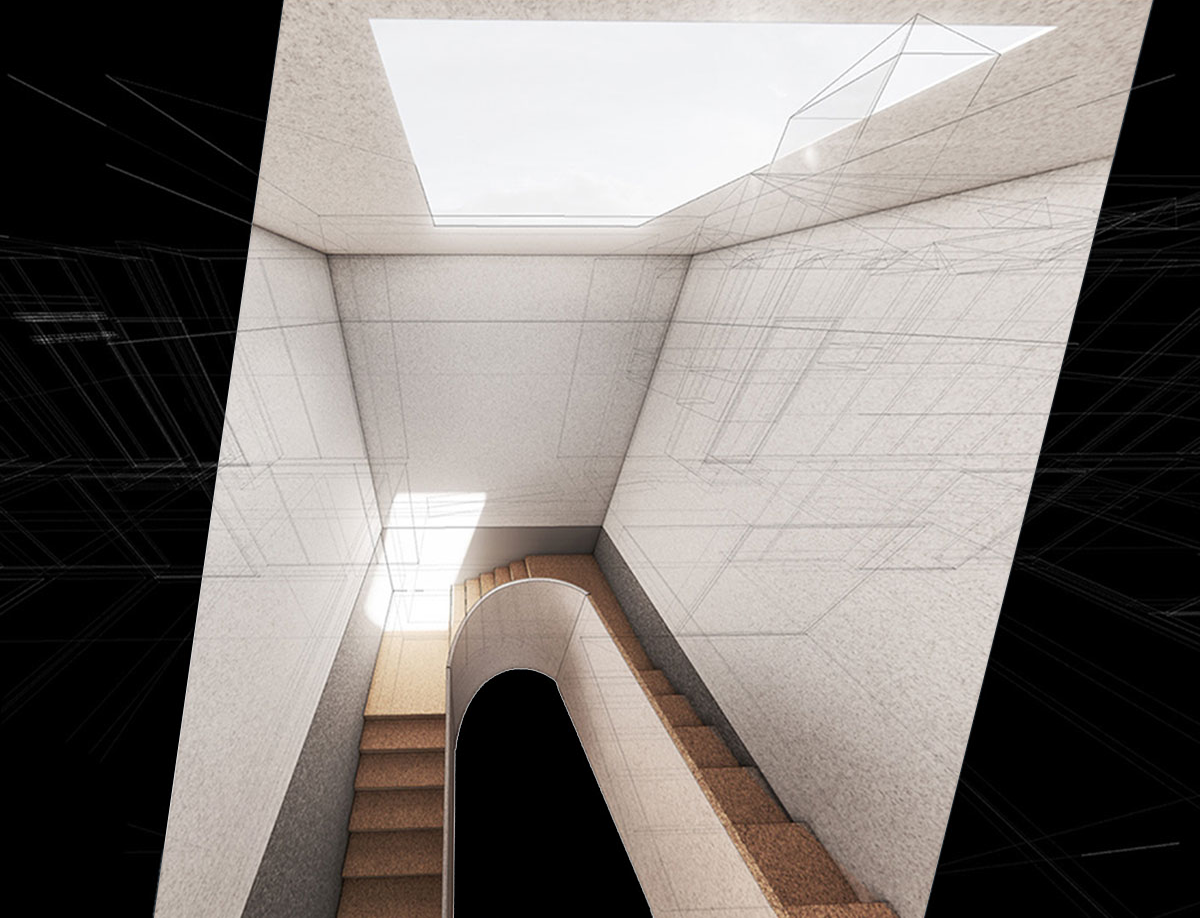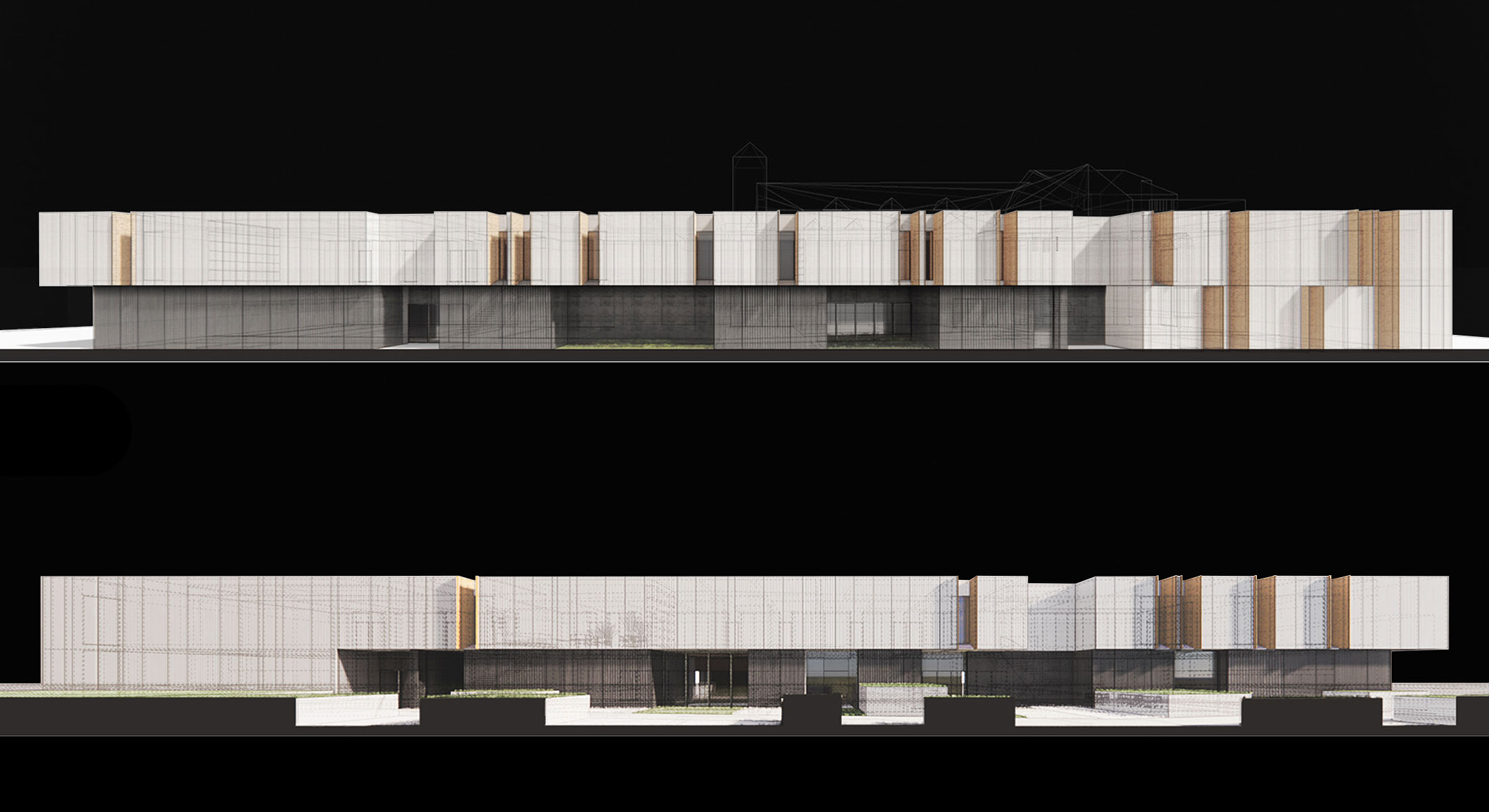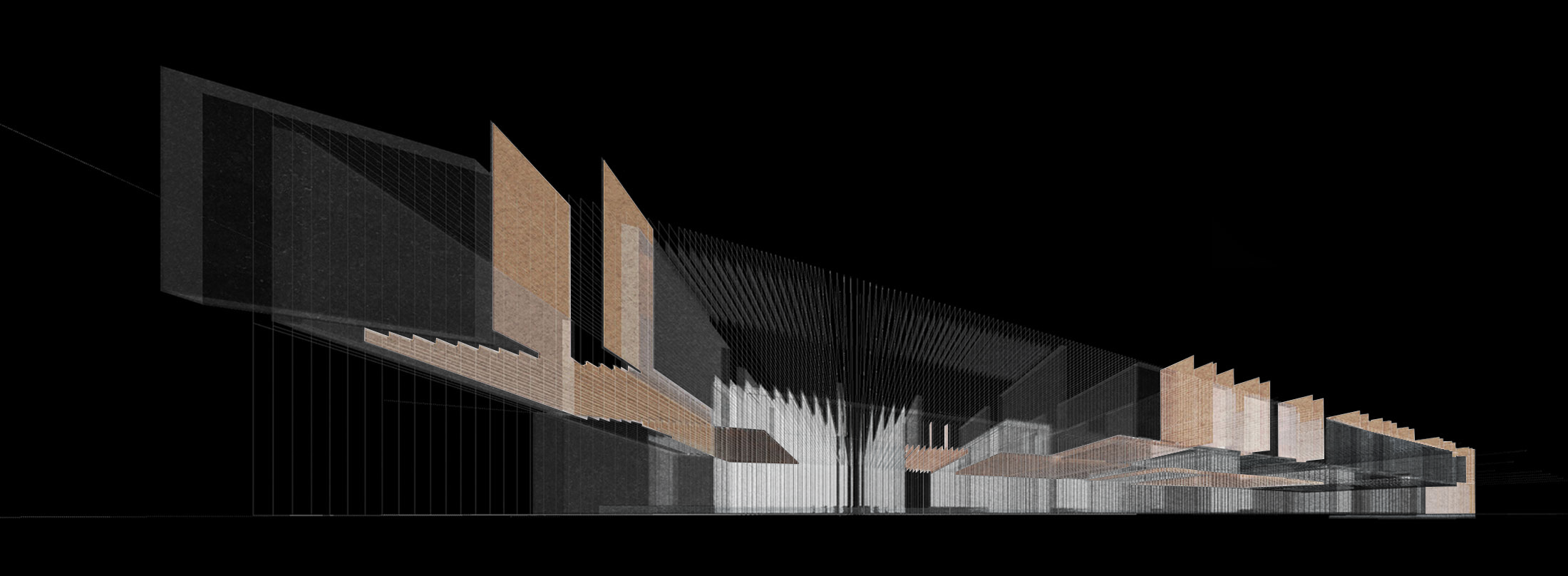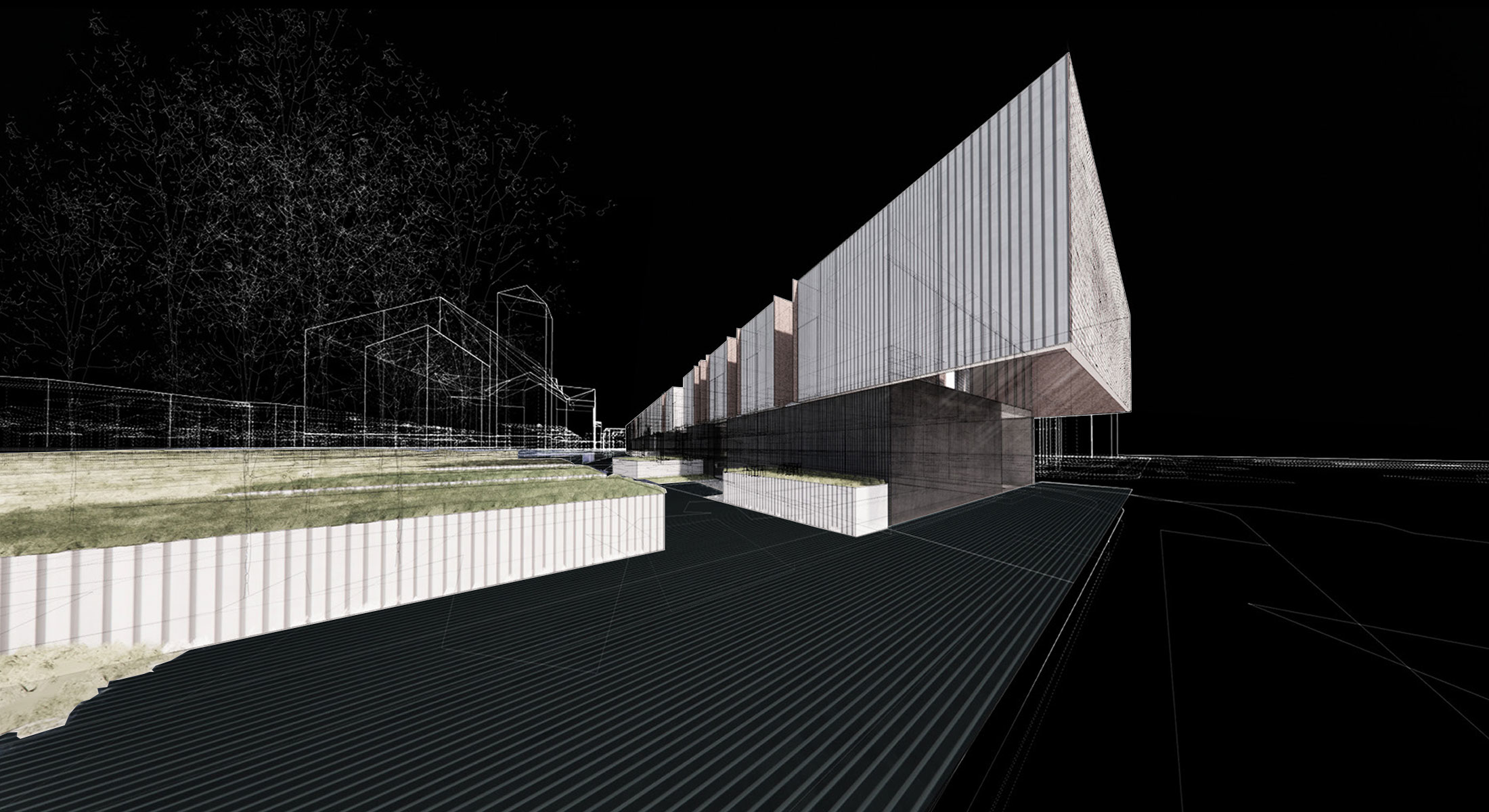SENSORY FRAGMENTS lemayFLDWRK x YVON LAMARRE FODATION THE COMMONS 2021
team: Andrew King, Marie El-Nawar, Mathieu Cloutier location: MONTREAL
Sensory Fragments frames design research as a tool for meaningful and measurable improvement in lives challenged by some form of otherness. This project is an architectural response to the spatial needs of adults with autism. It redefines spatial, formal, sequential and haptic experiences through this lens.
Commissioned by Yvon Lamarre Foundation, an established foundation working with autistic adults, the goal is to help families who are faced with a scarcity of residential services for their children as they reach maturity. It promotes the social and community integration of people with an intellectual disability with or without an autism spectrum disorder and/or with or without a physical disability. It also wishes to help ensure the future and happiness of these people and to help them develop their autonomy, reduce difficult situations and thus provide a positive response to families.
The Foundation wants to provide its residents with homes that are above all accessible, comfortable and reassuring. The mandate became, for the design team, the opportunity to focus on extensive and theoretical research that would bring understanding and depth to the subject in order to articulate a resonant architectural response.
HOUSES, THE COMMONS, TRANSITION SPACE, EXTERIOR SPACE
SEQUENCE, TRESHOLD, APERTURE, IDENDITY
SENSORY SPECTRUM Example of Sensory Spectrum for residence. Understanding of programmatic elements and their adequate spatial links between rooms are based on both spatial logic and sensory compatibility.
ADJACENCY MATRIX The adjacency matrix defines the level of compatibility of individual programs with each other. It is broken down into three types of adjacencies: desirable, neutral, or undesirable.
In the case of individuals with Autism Spectrum Disorder (ASD), sensory inputs are processed differently which alters the perception and interpretation of space, making a person hyper or hypo-responsive to their environment. The research and design project defined a new paradigm for the design of living environments, where the senses are brought forward to build adaptive and inclusive spaces that support the physical independence of adult individuals living with ASD.
The research unfolds around three core chapters, that will provide a framework for the design of different typologies of residential living environments for people with ASD. The chapters are academic research, design research, and applied design speculation.

